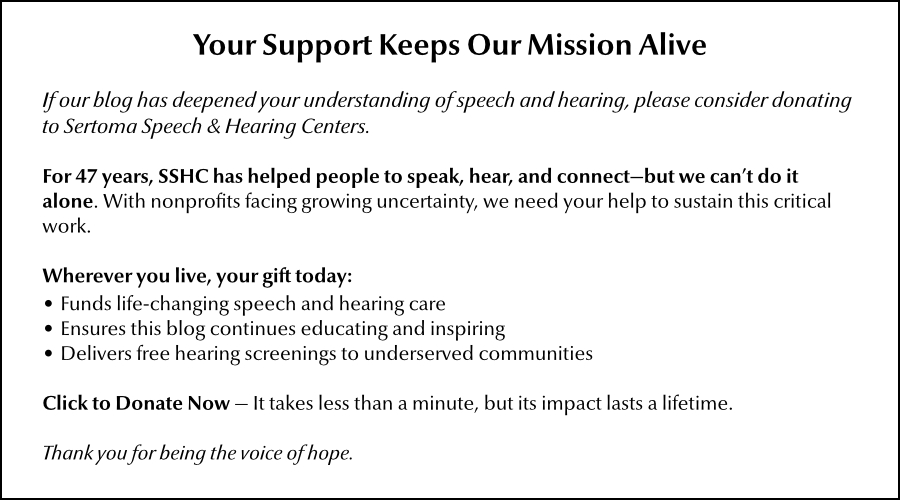Scientists have discovered a fundamental principle: your brain automatically changes its focus between vision and hearing based on movement. When you're stationary, your brain tends to rely more on sound. But when moving, your brain dynamically shifts to prioritize visual cues for navigating and decision-making.
Why it matters
Understanding how the brain naturally prioritizes different senses during movement versus stillness could lead to better treatments for sensory processing disorders like autism and schizophrenia, where sensory integration is impaired.
"This natural adaptability is crucial for survival." —Dr. LEE Seung-Hee, lead researcher

How it works
Researchers at the Institute for Basic Science trained mice to respond to both light (visual) and sound (auditory) cues to get a reward.
- Using tiny microscopes and light-based neuron control (optogenetics), they watched the mice's brain activity in real time.
- When mice were still and presented with both cues, they tended to make decisions based on the sound.
- When the mice were running on a treadmill and received both cues, they relied more on the visual signal to decide.
A closer look
The study pinpointed specific brain circuits responsible for this sensory switch.
- A key decision-making hub, the posterior parietal cortex (PPC), plays a central role in prioritizing which sense gets attention. When researchers turned off the PPC, mice lost their ability to prioritize vision while moving and relied on sound instead.
- Think of the secondary motor cortex (M2) as a "sensory gatekeeper." When the mice ran, the M2 sent "quiet down" signals to the auditory processing pathway, effectively reducing sound's influence on the PPC.
- Notable: The brain didn't ignore sound altogether. The auditory cortex still processes sounds, but the brain adjusts how much weight that information carries in the decision-making process happening in the PPC.
The big picture
This sensory switching is purposeful, not accidental. When you're not moving, hearing helps you detect nearby events. When you're moving, vision becomes a better tool for safely navigating your environment. Knowing this could improve treatments for autism and schizophrenia, where processing sensory information can be challenging.


